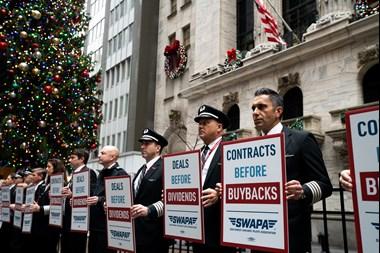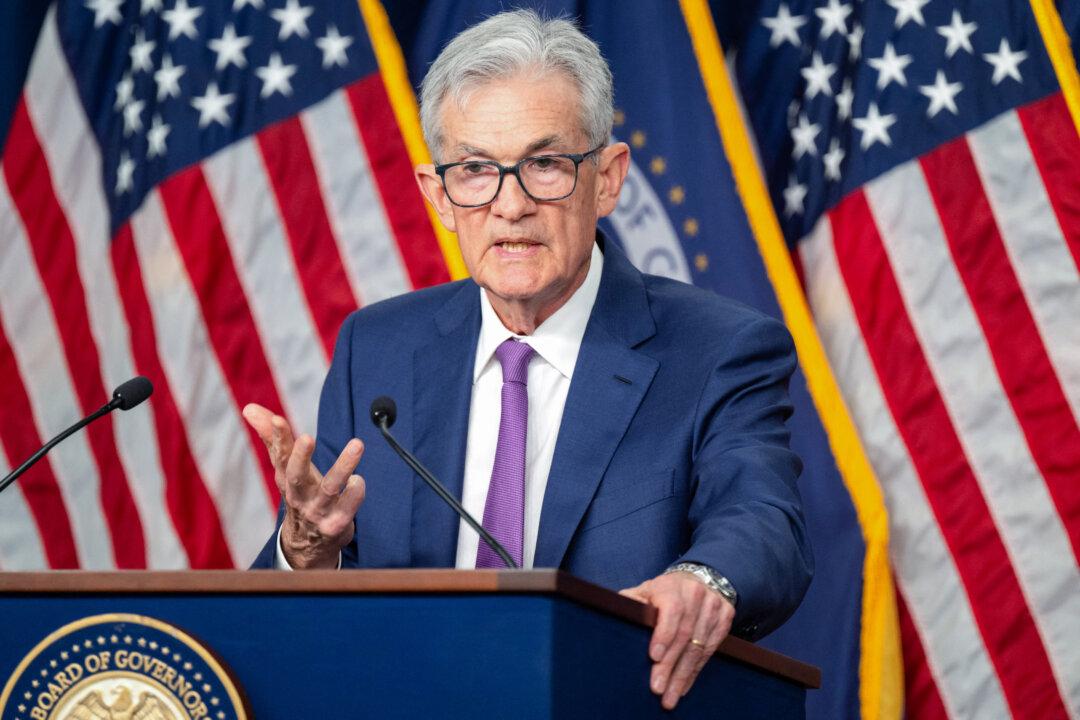On Sept. 13, the Dow Jones Industrial Average closed down more than 1,270 points, or nearly 4 percent. The benchmark S&P 500 Index fell more than 4 percent and the NASDAQ more than 5 percent. Industrials and technology seem to be leading the downturn, as investors anticipate a market slide from the “technical” recession and margin pressure. Markets fully expect an interest-rate hike of at least 75 basis points (bps) when the Federal Reserve’s policy-making arm, the Federal Open Market Committee (FOMC), meets next week; some speculate it will go even higher.
The inflation figures released on Sept. 14 came just a month after President Joe Biden signed a law with a name only George Orwell could have imagined, given the circumstances: the Inflation Reduction Act. But both the Congressional Budget Office and the prestigious Penn Wharton Budget Model determined that the new law would have a negligible effect on inflation, while adding about another $435 billion of new spending on climate measures and expanded Affordable Care Act subsidies. Both models estimated a deficit reduction of between $250 billion to around $300 billion, due mostly to tax increases, which is not the best policy when in a recession. Notwithstanding today’s inflation number, and the worst sell-off since June 2020, at the height of the pandemic, the White House saw fit, on Sept. 13, to laud the new law in ceremonies featuring James Taylor.





